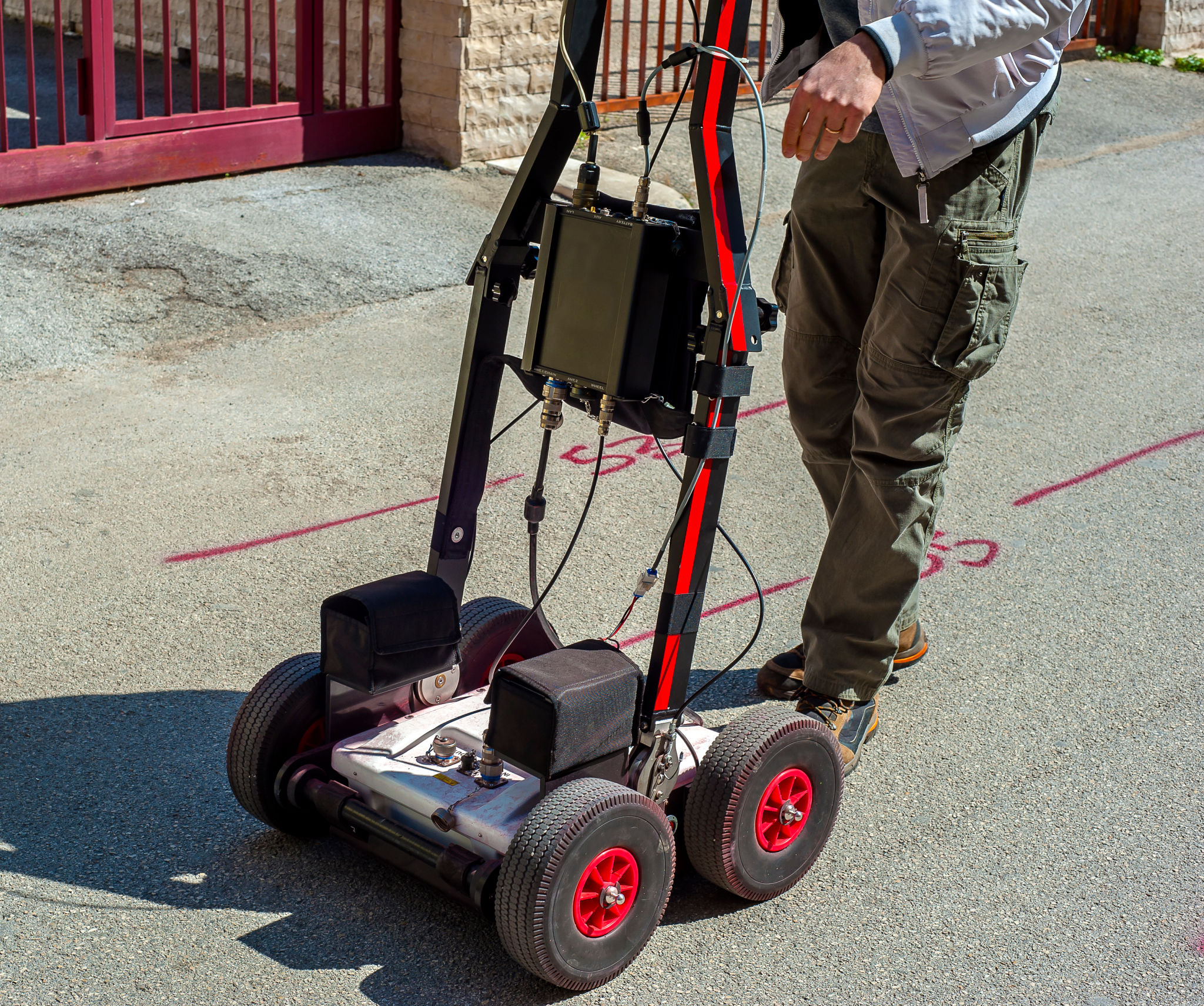Comparing Cable Detection Methods: Why GPR is the Future
Cable Detection: An Essential Task
In modern infrastructure development, the precise detection of underground cables is crucial. Whether it's for construction, maintenance, or safety, knowing the exact location of buried utilities can prevent costly damages and ensure smooth operations. Over the years, several methods have been employed to locate these cables, each with its own advantages and limitations.
Traditional methods include electromagnetic detection, which uses a transmitter and receiver to trace the path of metallic cables. However, this technique is limited by its inability to detect non-metallic cables and its susceptibility to interference from nearby metal objects. As technology progresses, the need for more reliable and versatile detection methods becomes apparent.

The Rise of Ground Penetrating Radar (GPR)
Ground Penetrating Radar (GPR) has emerged as a leading technology in cable detection. By utilizing radar pulses to image the subsurface, GPR offers a non-intrusive and efficient way to detect both metallic and non-metallic objects. This makes it particularly valuable in areas with diverse underground utilities.
One of the key advantages of GPR is its ability to provide accurate depth measurements. This precision allows for better planning and execution of construction projects, minimizing the risk of accidental cable strikes. Additionally, GPR systems are designed to work in various ground conditions, making them versatile tools for utility detection.
Comparing Cable Detection Methods
When comparing GPR with traditional cable detection methods, several factors come into play:
- Accuracy: GPR provides higher accuracy in detecting both metallic and non-metallic cables.
- Data Interpretation: While GPR data can be complex, advancements in software have made interpretation easier and more intuitive.
- Environmental Impact: GPR is non-invasive and environmentally friendly, as it does not disturb the ground.

Challenges and Innovations
Despite its benefits, GPR is not without challenges. The quality of data can be affected by soil conditions, moisture levels, and the presence of other underground objects. However, continuous innovations in technology are addressing these issues. Improved radar frequencies and advanced signal processing techniques are enhancing the clarity and accuracy of GPR readings.
Moreover, integrated systems that combine GPR with other detection methods are being developed to offer comprehensive solutions. These hybrid systems leverage the strengths of different technologies, providing a more robust approach to cable detection.
The Future of Cable Detection
As urbanization continues to expand, the demand for reliable cable detection methods will only grow. GPR stands out as a promising future technology due to its adaptability and precision. With ongoing research and development, GPR systems are expected to become even more efficient and user-friendly.

In conclusion, while traditional methods have served their purpose, Ground Penetrating Radar represents the future of cable detection. Its ability to accurately locate both metallic and non-metallic cables without disturbing the environment makes it an indispensable tool for modern infrastructure projects. As technology advances, GPR will continue to set new standards in safety and efficiency.
